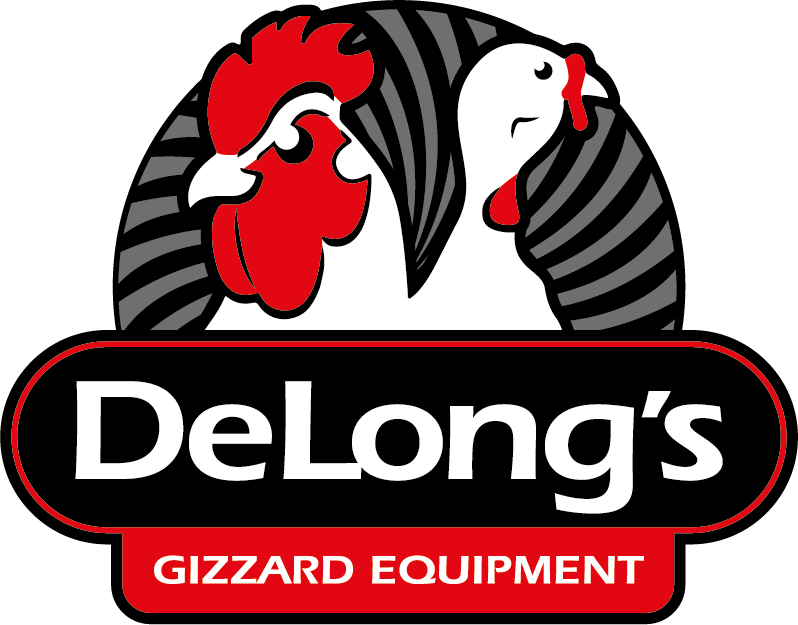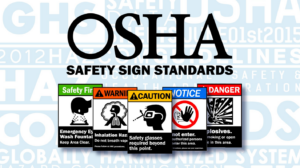
05 Jan Poultry Plant Safety
Working in a poultry processing plant can often be dangerous. If you’ve worked in the industry, you’re aware of the serious health and safety hazards that one can be introduced to. It is the shared job of everyone from management to the hard workers to ensure that OSHA safety protocols are followed to prevent health concerns, identify possible hazardous problem areas, and to keep everyone involved in poultry processing safe. In this informative guide, we will take a good, deep look at safety requirement. We will answer the question “what is OSHA?”, discover the common health and safety concerns found in plants, and offer a detailed checklist for you and your plant workers to follow to make sure everyone is able to contribute to making the workplace a safe, clean, healthy environment for all.
What is OSHA?
OSHA, or the Occupational Safety and Health Administration is tasked with assuring safe and healthy working conditions for the working class by setting strict health standards and providing training, outreach, education, and assistance. OSHA has established guidelines for the poultry processing industry due to high serious injury rates (injuries that require a day or more away from work or restricted activity to recuperate).
Common Safety Concerns
in Poultry Processing Plants
Lack of Personal Protective Equipment
Ergonomics and Musculoskeletal Disorders
Lockout/Tagout
Machine Guarding
Slips, Trips, and Falls
Chemical Hazards: Ammonia, Chlorine, Hydrogen Peroxide, Peracetic Acid, Carbon Dioxide
Loud occupational noises
Blocked exits
Lack of sanitation and cleanup operations
Plant Safety Checklist
Delong’s Gizzard Equipment Safety
While we are talking safety, we thought we would include some safety tips to utilize when using our Peeling Rollers. These rollers are designed to pinch and pull any loose material whether it is skin, clothes, or any other loose items coming into contact with them.
No Gloves
No Long Sleeves
No Loose Shirts or Smocks
No Long Fingernails
No Pressing tips of fingers toward or in rollers
Yes, apply pressure to gizzard with horizontal flat part of palm and bottom flat of fingers only
Yes, inspect every gizzard before peeling it for best quality.
Yes, if the gizzard has been peeled it goes to the good product chute.
It is our hope that you and your processing plant will put OSHA requirements and the safety of your workers at the forefront of your operation. We hope this guide will help you get on the road to doing just that. DeLong’s is one of the leading authorities on poultry processing rollers in the United States, providing some of the best rollers in the industry, providing you with safer processes (and safety information!), higher yield, and a better bottom line. Contact us today to learn how we can be of assistance to you.



